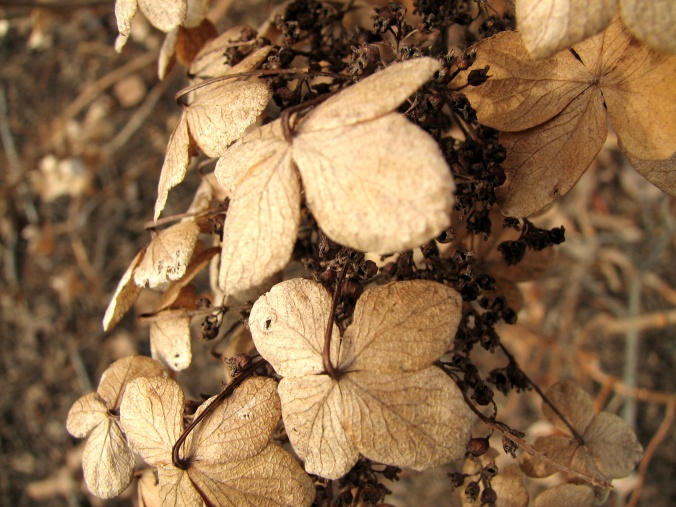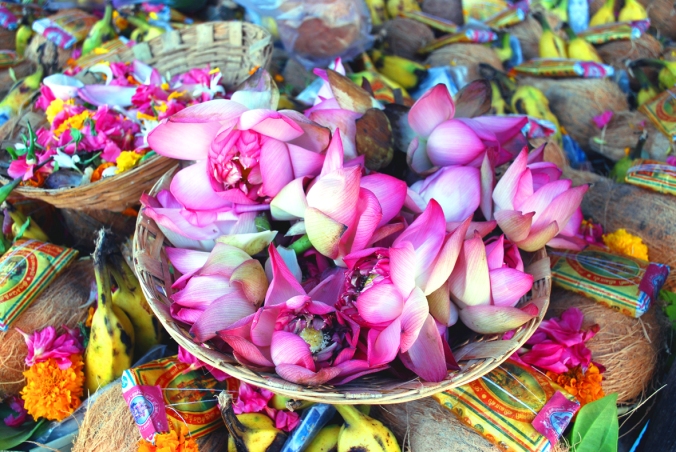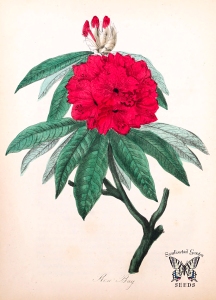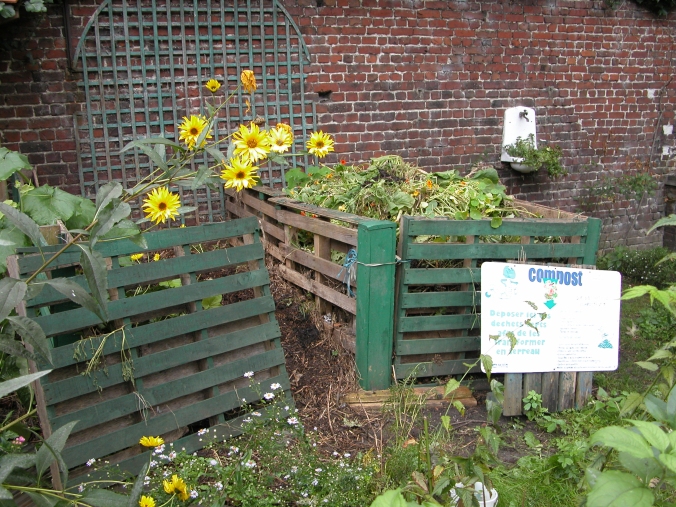My work in flowers started as a fluke.
I am a professional freelancer working in a variety of fields and as I was approaching my quieter time of year I started reaching out to friends to let them know I was looking for job opportunities. A friend recommended me for a position assisting a floral designer and horticulturist who saw my complete lack of experience as its own recommendation: she could train me from the roots up. I didn’t expect to like floral design. To the contrary, I’d always insisted that I disliked cut flowers because I thought there was nothing romantic about a gift that begins dead and finishes, a week later, withered and rotten. I’m happy to report that working with flowers on a weekly basis has changed my mind.
The thing I realized is that my idea of “living plants” as being this permanent vestige of beauty was incredibly naïve. There is an arc from bud to bloom to death that exists whether flowers are in a vase or gripping firmly to their roots. Nothing is permanent and many of us who have given up owning plants because we decided we are “plant killers” may be taking on guilt we have not earned. True, some plants last a long time, but the reality is, like everything, they eventually die. I feel now that cutting off their blooms is a perfectly valid way of appreciating them.
To my surprise, the evanescence of flowers has become something that I love about them. I find their impermanence poetic – a reminder of the fleeting nature of existence itself. They remind us to stay present and live life fully. They remind us to appreciate the here and now.
My idea for this project came from reading Daphne du Maurier’s Rebecca.As I read through the long passages about the foliage of Mandalay, I kept getting excited thinking about how relevant it was to my current studies in flowers. I imagined two arrangements: one with opulent bluebells, lilac, bracken, and hydrangea the other a dark moss laden trove of blood red hydrangea.
I started to daydream about creating arrangements that were based on flora from other bull-bodied classics that had swept me into their lush arms: Pride and Prejudice, Wuthering Heights, Romeo and Juliet…
When I looked into the idea further I was shocked that I couldn’t find anyone already doing this. I was so in love with the idea that I finally decided that it was something I wanted to create myself.
This blog is an outlet for those projects.
It may be that in trying to create these niche concoctions I discover the very reason that no one is already doing it. Specific ‘ingredients’ may be too hard to come by- too expensive or fragile or simply too disjointed an aesthetic. It’s certainly possible…and it’s probable that some books may prove to be bad source material for this kind of art. Regardless of the outcome, I want to use this blog as a means of documenting the process, successful or not, and I’m hoping it will also help me stay accountable to my goal:
Over the next year I want to create at least six floral arrangements for six different books. To make it fun for myself I am asking my close book-nerd friends for source material suggestions. Each project will be documented in three steps:
- Thoughts on the book itself and a list of the possible materials referenced
- Research and brainstorming the design
- Documentation of the actual arrangement execution with reflections on how I think it turned out.
Thank you for joining me on this creative project and at least we know that at it’s worst, it will prove as nothing more than fodder for the compost heap that is the internet.





